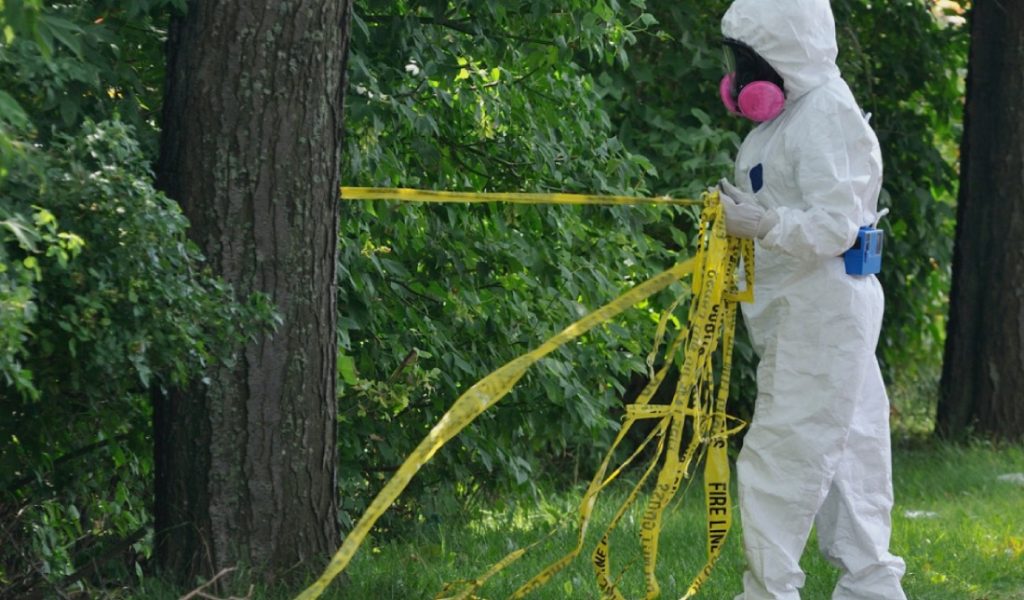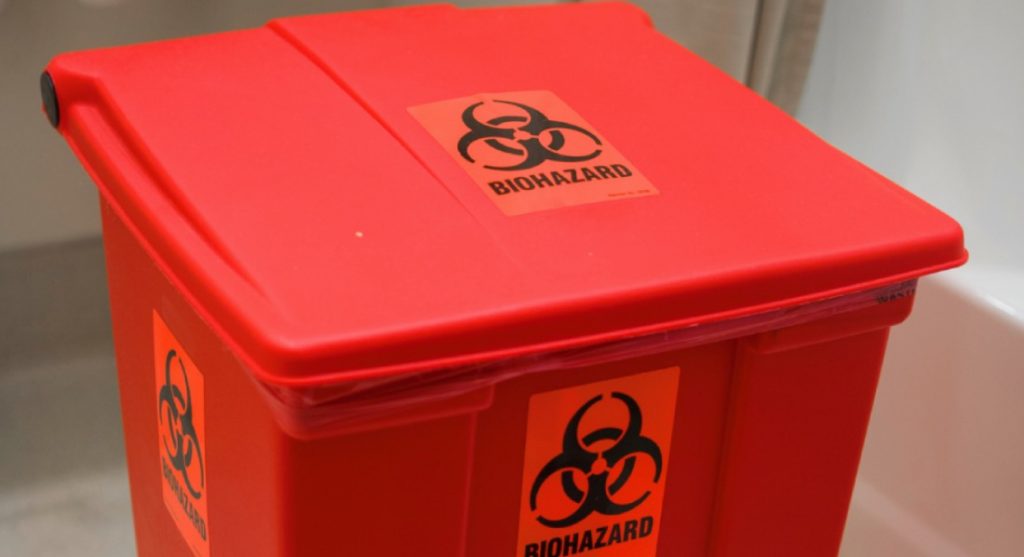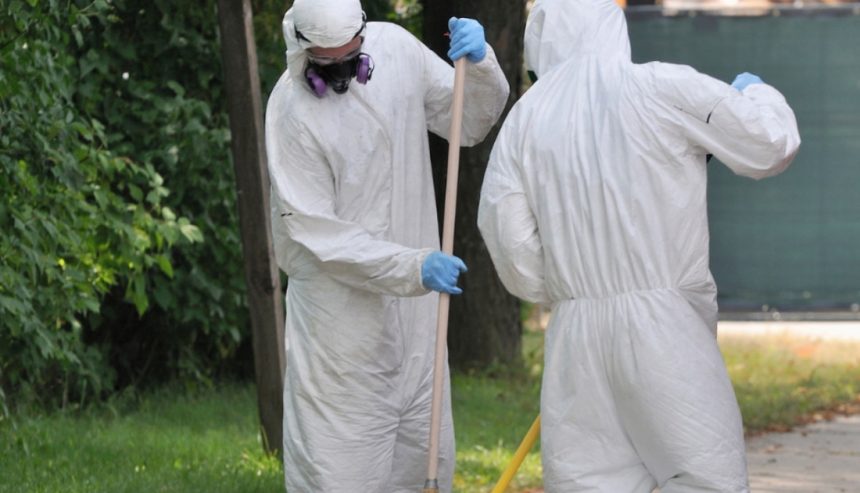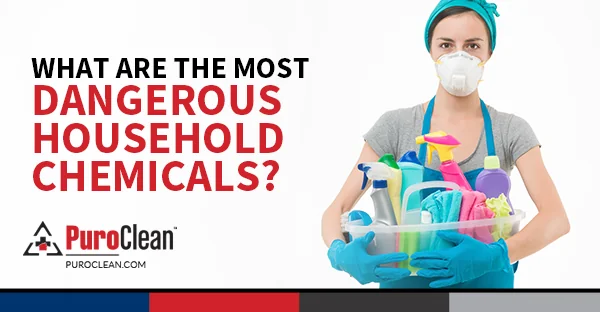Biohazards are biological substances that can be harmful to humans and the environment. In a crime scene, these hazards can include blood, bodily fluids, tissue, and other materials that may carry infectious diseases. These biohazards can pose a serious threat to anyone who comes into contact with them, as they can easily spread diseases such as HIV, hepatitis B and C, and various other bloodborne illnesses.
The presence of decomposing organic matter can release toxins into the environment, creating a hazardous atmosphere for the cleanup crew and any bystanders. It is not uncommon for these scenes to also harbor harmful bacteria and viruses that can cause respiratory and other systemic infections. Therefore, handling these dangerous elements without proper precautions can lead to significant health risks.
Additionally, biohazards can also cause physical harm if not handled properly. Blood and other bodily fluids can be slippery and can cause falls, while sharp objects like needles or broken glass can cause puncture wounds. It is crucial to have proper biohazard protocols in place to protect individuals from these dangers. Without these protocols, cleanup workers are at a high risk for injury and infection, which can have long-term implications for their health and well-being.
The Importance of Biohazard Protocols in Crime Scene Cleanup
The primary purpose of biohazard protocols in crime scene cleanup is to ensure the safety of the individuals performing the cleanup. These protocols outline the steps and procedures to properly handle, contain, and dispose of biohazardous materials. By following these protocols, cleanup professionals can protect themselves from exposure to harmful substances and prevent the spread of diseases.
These protocols help to establish a standard operating procedure that can be consistently applied to each crime scene. This helps to eliminate uncertainty and reduces the risk of errors during the cleanup process. By ensuring that the cleanup is done correctly and safely, biohazard protocols help restore the affected environment to a safe state for future occupants.
In addition to protecting cleanup professionals, biohazard protocols also play a crucial role in ensuring the safety of the community. Without proper containment and disposal of biohazards, there is a risk of these materials spreading and infecting others. This can be especially dangerous in cases of highly contagious diseases. The community relies on these protocols to help return its environment to a safe and livable condition without the risk of ongoing contamination.
Steps for Proper Biohazard Cleanup

To effectively clean up biohazardous materials, it is important to follow a set of specific steps and procedures. These steps should be outlined in a comprehensive biohazard protocol and should be followed carefully to ensure a thorough and safe cleanup process.
Step 1: Assess the Situation
The first step in any biohazard cleanup process is to assess the situation. This includes identifying the type and extent of the biohazard, as well as any potential hazards in the surrounding area. This information will help determine the necessary precautions and equipment needed for the cleanup.
Careful assessment also involves understanding the duration that the biohazard has been present, as factors such as decomposition can affect the cleanup strategy. Professionals may need to use specialized detection equipment to identify hidden dangers, such as blood splatters beneath flooring or between wall cavities. Accurate assessment is critical in creating an effective cleanup plan that addresses all aspects of the contaminated scene.
Step 2: Wear Protective Gear
Before entering the crime scene, it is essential to put on the appropriate personal protective equipment (PPE). This may include gloves, masks, goggles, and full-body suits. These items will protect against direct contact with biohazards and prevent exposure to airborne particles.
The selection of PPE must be based on the level of risk associated with the biohazard. For example, in cases where there is a high risk of aerosolized pathogens, respirators may be necessary. It’s also important for the cleanup crew to be properly trained on how to wear PPE correctly, as improper use can negate its protective effects. In addition, all gear must be disposed of or decontaminated according to strict guidelines following the cleanup to prevent secondary contamination.
Step 3: Contain the Area
Once the proper protective gear is in place, the next step is to contain the area. This may involve setting up barriers, such as plastic sheeting, to isolate the crime scene. This will prevent biohazards from spreading to other areas and keep individuals safe from potential contamination.
Containment strategies may also include establishing a decontamination zone where workers can safely remove and dispose of their PPE. The containment measures must be robust enough to withstand the cleanup process, ensuring no biohazardous materials escape the designated area. Signs and warnings should be posted to inform others of the dangers and prevent unauthorized access.
Step 4: Clean and Disinfect
The actual cleanup process involves removing all visible biohazardous materials from the scene. This may include using absorbent materials to soak up bodily fluids and using specialized cleaning agents to disinfect the area. It is important to follow specific guidelines for the disposal of biohazardous materials.
Cleaning and disinfecting must be done meticulously, as infectious agents can persist in the environment. The use of EPA-registered disinfectants is recommended to ensure that all pathogens are neutralized. The cleanup team must also be thorough in their efforts, paying attention to crevices and porous surfaces where biohazards can easily be overlooked. After cleaning, verification methods such as ATP testing can be used to ensure that the area is truly disinfected.
Step 5: Dispose of Biohazards

Biohazardous materials must be disposed of properly to prevent the spread of diseases. This may involve placing materials in designated biohazard bags and containers and labeling them appropriately. In some cases, the materials may need to be transported to a specialized facility for proper disposal.
Disposal of these materials is strictly regulated by government agencies, and compliance with these regulations is essential. The transportation of biohazardous waste requires proper documentation and adherence to safety protocols to ensure that the risk of contamination during transit is minimized. Only certified waste disposal companies should handle this aspect of the cleanup to ensure that all biohazardous materials are disposed of in a manner that protects public health and the environment.
Step 6: Decontaminate
After the biohazardous materials have been removed and disposed of, the area must be thoroughly decontaminated. This involves cleaning all surfaces and objects that may have come into contact with biohazards. The decontamination process is essential for ensuring the safety of the area and preventing the spread of diseases.
Decontamination may require multiple cleanings, as well as the use of additional disinfectants on different surface types. Special attention must be paid to equipment and tools used during the cleanup, as they too can become contaminated. Ultimately, the goal is to leave the area in a state that is safe for normal use, and free from any residual contamination that could pose a risk to future occupants or visitors.
Conclusion
In the aftermath of a crime, it is crucial to have proper biohazard protocols in place for the safety of everyone involved. These protocols outline the necessary steps and procedures for handling, containing, and disposing of biohazards, as well as protecting individuals from exposure.
By following these protocols, we can ensure a thorough and safe cleanup process that protects the cleanup professionals and the community. With these measures in place, we can mitigate the risks associated with crime scenes and provide peace of mind to those who have been affected by the event.
For expert biohazard and crime scene cleanup services in West Houston, contact PuroClean of West Houston today!




 PuroClean of West Houston
PuroClean of West Houston